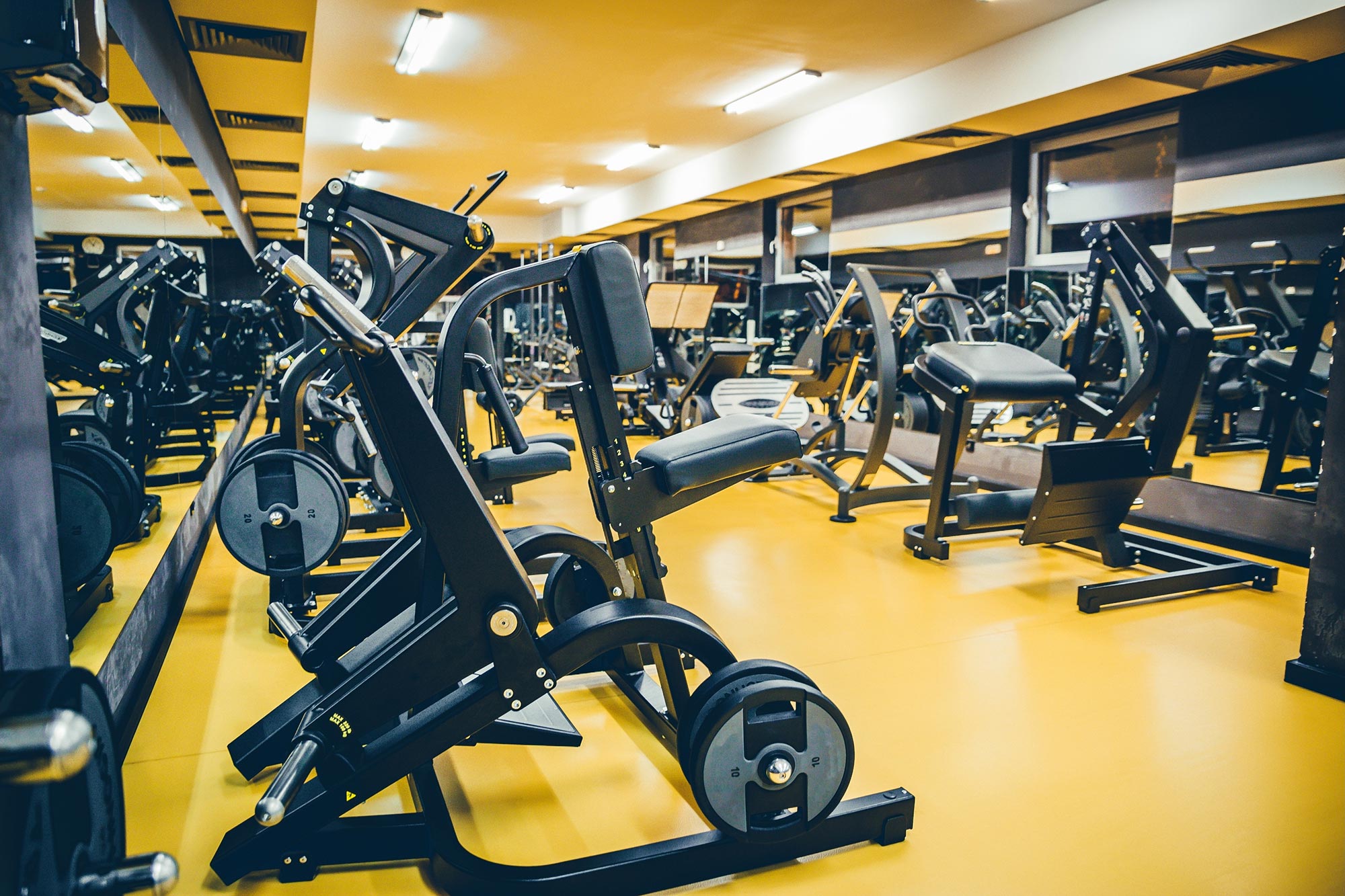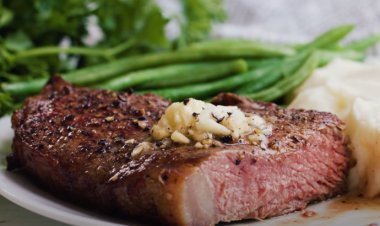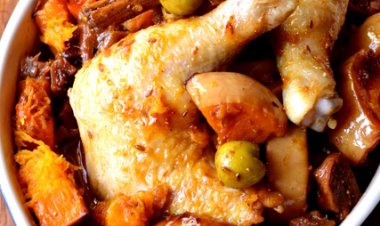Maximizing Your Recipes: How Much Should You Sell For
Maximizing Your Recipes: How Much Should You Sell For

For a long time, giving away recipes for free, including online, was the norm. Eventually, people realized that recipes that ranked online could be used as a way of drawing people to your website, building a following, and enticing people to purchase food courses, cooking equipment, merch, and cookbooks.
This method is still one of the most important ways for food bloggers to monetize their endeavors. In fact, it is why food blogging is the most profitable blogging niche of all time. But did you know that nowadays it’s possible to sell your recipes as another revenue source?
The initial steps to monetizing a recipe can be daunting, but that’s why this guide exists! If you’re unsure how to price your recipes or where you should sell them, we’ll give you an in-depth look at what you can do to reach your goals.
What factors influence the valuation of a recipe?
Valuing a recipe is one of the most challenging things to do for food bloggers who are new to selling their recipes. There are multiple factors that you should consider when undergoing this step of the process, including:
Originality
A unique recipe is typically more valuable than those treading old ground. What makes your recipe novel or a unique twist? Is it the cooking method or choice of ingredients? Is it a healthier take on an indulgent dish? If your recipe has a genuine Unique Selling Point (USP), you’ll be able to negotiate a higher selling price.
Cost of ingredients
The cost of the ingredients used in a recipe might influence its value too. After all, you’ll have spent a lot of money on ingredients, and, possibly more than once, you’ll have needed surplus ingredients to perfect your recipe. As your recipe has cost a significant amount of money to develop, the selling price should reflect this!
Complexity
Similar to the point above, if your recipe was complicated to develop, it means fewer people could have done it! The complexity often means more time was spent in the development process, so you should charge for your labor time. However, it’s also important to keep in mind that you should present even the most complicated recipes in a way that is accessible to readers. A recipe that is hard to make may be less attractive to buyers, so you’ll be marketing it to a smaller pool of buyers.
Popularity
Just like anything else, there are trends that come and go in the world of food. Recipes that are on-trend will definitely fetch higher prices, so it’s worth paying attention to what’s currently popular. Recipes that cater to specific dietary requirements, such as vegan or vegetarian food or gluten-free recipes, could also be worth more.
Calculating recipe costs: A critical step
When it comes to determining the cost of your recipe, it’s important to calculate the cost of the ingredients used to create the recipe, your time developing it, and any additional costs that might be relevant. This could include things like marketing or any tools you use.
Knowing where to start can be tricky, but it’s often helpful to research similar recipes so that you can get a good figure on what might be a competitive price.
Here are the steps to take:
- Outline the ingredients needed and the amounts of each ingredient that are required.
- Check the cost of each item required to make the recipe. Of course, ingredient prices will vary a lot around the world, but you can try to make your numbers applicable to as many people as possible by using a nationwide grocery chain to work out your costs.
- Work out the cost for each ingredient by dividing the total cost of the ingredient by the amount you require. For example, if a 64 oz (4lb) bag of flour costs $1.60 and the recipe uses 8oz (0.5lb), the cost would be 20 cents.
- Add up the costs for each ingredient to get the total cost of the recipe.
How to monetize your recipes
There are several options to monetize your recipes. However, when you’re looking for the right buyers, don’t forget about the copyright of the recipe. Who will own the copyright when you sell your recipe to someone else? Will it stay with you, giving the buyer permission to use it, or will they buy the copyright outright too? Figure out your answers to these questions before you start selling your recipes.
Selling your recipes to businesses
There are several business types that might be interested in your recipes. Reaching out to editors of cooking magazines and websites is one option to get your recipes in front of the right people. You will need to find the relevant person in the organization and send them a brief pitch telling them about your dish and what makes it special. It can be useful to attach high-quality images, but there’s no need to send the entire recipe in your first email.
It’s also a good idea to approach these companies with a more general inquiry. Ask them if there are any types of recipes they’re currently looking for so you can be more targeted in your approach. The important thing here is to start building relationships with the right people. You may have to face plenty of locked doors, but it’s all about creating familiarity and networking. Try keeping an eye on freelance platforms such as Fiverr, which can be great for identifying leads.
Boosting sales with online marketplaces
Online marketplaces are a great option for selling your recipes. Many food bloggers have found success with this method; using sites like Etsy could work out for you too.
There are some excellent advantages to setting up shop on an online marketplace. These businesses are already established as legitimate and popular and they have large customer bases. They also have an excellent international reach, especially when it comes to downloadable recipes that don’t require you to think about shipping costs.
However, it’s important to think about the downsides too. Many online marketplaces come with substantial fees, taking a cut of your profits. They’re also often oversaturated, making it hard to stand out among a lot of competition. Additionally, you don’t get much control over the customization of your page or storefront, as it’s already branded by the marketplace. People often find that payments from these sites are delayed, too, disrupting their business.
An online marketplace might work out for you as a good starting point. When you still need to build an audience, they can help you begin to reach the right people. However, if you have an existing audience, there are better methods for you to use.
Release a digital cookbook
Creating a digital cookbook isn’t something you can do quickly, but it can be a lucrative venture. Customers can be more likely to buy your recipes if they’re sold as a bundle, giving them lots of value.
Because it’s a massive undertaking that can take time, it’s not something you want to do right away. It’s usually advisable to build an online persona and grow your audience before you put a cookbook together and release it under your name.
Take control: Create your own website
Although there are other options available, the best way for most cooks to monetize recipes is through a food blog. It’s easy and generally pretty cheap to set one up and maintain it. It also offers the benefit of allowing you to be in control of your content and your audience. You get to customize your blog however you like, and unlike marketplaces, you don’t have to bend to anyone else’s rules.
Monetizing a food blog offers a number of opportunities. One option is to use gated content, which you put behind a paywall so readers can pay to access it. However, you can also choose to keep all of your content free and monetize your site by displaying adverts, affiliate links, sponsorship deals, downloadable and exclusive recipes, and selling online courses.
“Opting for blog monetization avenues over a paywall for recipe access is a strategic choice that fosters a more inclusive and engaging culinary community. By embracing methods such as sponsored content, affiliate marketing, and partnerships, food bloggers can maintain open access to their recipes, nurturing a wider audience.
This approach not only enhances user experience but also allows for more organic and collaborative growth, as the emphasis remains on sharing culinary inspiration rather than restricting it behind a financial barrier. However, for larger bloggers with a substantial following, a carefully implemented paywall might be a viable option to leverage their exclusive content and create an additional revenue stream.”
Birthe VandermeerenCofounder of Bootstrapped Ventures

If you’ve set up your food blog on WordPress, WP Recipe Maker is a must-have plugin that allows you to display recipes, customize the way they look, and add various features to enhance the user experience, such as the ability to adjust serving sizes, display nutritional information, and allow users to save recipes to personal collections.

Food bloggers with an international audience can benefit from WP Recipe Maker’s translation API. It automatically converts units and ingredients into any language supported by Google Translate. Other great features make it easy to monetize your blog. Equipment affiliate HTML and a special integration for Amazon affiliate products mean it’s simple to include affiliate links in your blog posts.
Turn your recipes into revenue with WP Recipe Maker
Having the drive to monetize your recipes is what takes your foodie ventures from a hobby to a viable business. It can take time to understand how to price your recipes and an even longer time to find the right buyers, but it’s a process worth sticking to if you want to get paid for your recipe development work!
You have multiple options if you want to monetize your recipes. Selling directly to businesses such as magazines or using online marketplaces are both options to consider. Releasing a digital cookbook is also a possibility. But if you’re looking for more control, starting a food blog may be the best choice as you can choose to add a paywall to your content or simply keep your recipes free and use more monetization strategies such as adverts and affiliate links.











